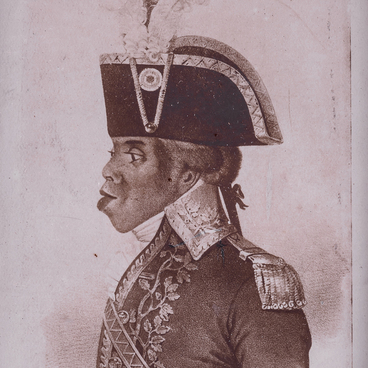When Eisenstein heard about James Joyce’s (1882-1941) novel Ulysses published in Paris, he asked the USSR Minister of Foreign Affairs' wife, who he knew from the All-Union Society for Cultural Relations with Foreign Countries, to bring this book. When he received it in 1928, he quickly read it and admitted that Joyce’s novel had surpassed his best expectations. Eisenstein was fascinated by the writer’s modernist experiment: an attempt to convey the soliloquy of one of the characters, Molly Bloom, using words without punctuation marks or any kind of division into sentences, sometimes even without grammar agreement. As a practicing director and movie language theorist, Sergei Eisenstein noticed that the flow of frames in a montage is more like an inner monologue than a narrative speech in classical literature.
Two years later in Hollywood, he was the first in the world film history to use the inner monologue technique in one of the episodes of the script An American Tragedy. However, the owners of Paramount did not allow him to stage the movie.
Sergei Eisenstein felt very keenly about Joyce’s attempt to compare the narrative of one day in the life of a modern man with Homer’s ancient Greek epic of Odyssey’s travels. In his movies, too, Eisenstein broadcasts mythological representations through contemporary or historical scenes.
In 1929, Eisenstein came to Paris. During that trip, he visited the Shakespeare and Co store, whose owner Sylvia Beach had published the novel Ulysses, and sought a meeting with Joyce. On November 29, a telephoned message came from her to the Astor Hotel, where Eisenstein was staying, inviting him to call Joyce. The writer and the director met the next day. At the meeting, Joyce, who was half-blind, inscribed a copy of the novel for his guest. Sergei Eisenstein kept it as a relic. Later, Joyce said that only two directors in the world could screen Ulysses: the German documentary filmmaker Walter RUttmann, author of Berlin: Symphony of a Metropolis, and the Russian director Sergei Eisenstein.
A photograph of James Joyce, which Eisenstein also brought from Paris, was taken in 1926 by Berenice Abbott, who lived between 1898 and 1991, the first female photographer to gain worldwide renown in this traditionally male profession.
Two years later in Hollywood, he was the first in the world film history to use the inner monologue technique in one of the episodes of the script An American Tragedy. However, the owners of Paramount did not allow him to stage the movie.
Sergei Eisenstein felt very keenly about Joyce’s attempt to compare the narrative of one day in the life of a modern man with Homer’s ancient Greek epic of Odyssey’s travels. In his movies, too, Eisenstein broadcasts mythological representations through contemporary or historical scenes.
In 1929, Eisenstein came to Paris. During that trip, he visited the Shakespeare and Co store, whose owner Sylvia Beach had published the novel Ulysses, and sought a meeting with Joyce. On November 29, a telephoned message came from her to the Astor Hotel, where Eisenstein was staying, inviting him to call Joyce. The writer and the director met the next day. At the meeting, Joyce, who was half-blind, inscribed a copy of the novel for his guest. Sergei Eisenstein kept it as a relic. Later, Joyce said that only two directors in the world could screen Ulysses: the German documentary filmmaker Walter RUttmann, author of Berlin: Symphony of a Metropolis, and the Russian director Sergei Eisenstein.
A photograph of James Joyce, which Eisenstein also brought from Paris, was taken in 1926 by Berenice Abbott, who lived between 1898 and 1991, the first female photographer to gain worldwide renown in this traditionally male profession.



